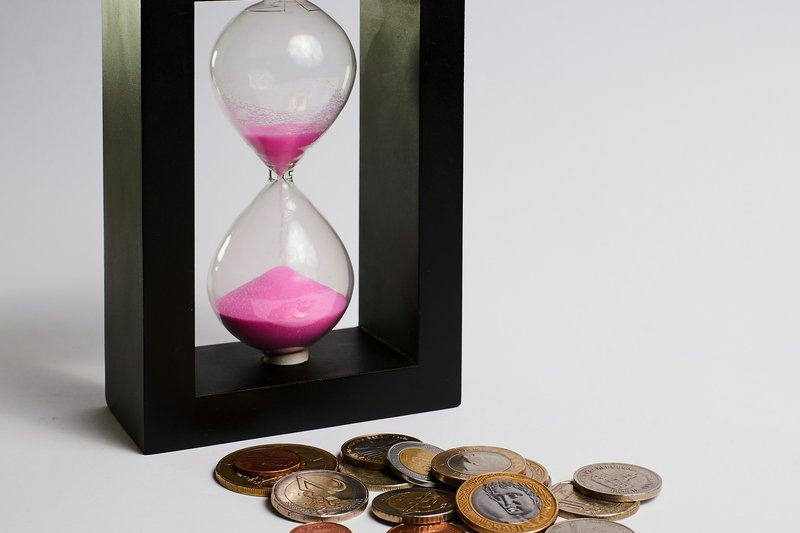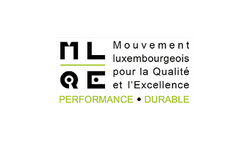Understand.
Decode. Act.
We align training, consulting, and tech in finance as a lever for value creation by and for people
Discover our 3 divisions
Learning
Let's develop your financial skills
Training is not about transmitting content, but about providing the means to act.
Our Learning division provides you with clarity, rigour, and autonomy. Our objective: to help you understand financial challenges so you can decide and act more effectively.
Analytics
Let's decipher your figures for free, in one click
Your figures have more to say than you imagine.
Our Analytics division transforms them into clear, visual, and actionable analyses: a deciphered balance sheet, a health score, and targeted recommendations. Allowing you to finally steer your business with clarity.
Consulting
Let's make your next decisions together
Good decisions are not made alone.
The Consulting division supports you with your strategic decisions: diagnosis, valuation, business models, and planning. We provide concrete, well-founded, and sustainable advice, aligned with your challenges.
Why choose Sagora?
Dedicated teaching team
Our team brings together professors and consultants who combine academic experience with expertise in consulting and business management, alongside experts from various backgrounds. This diversity allows us to deliver rigour, clarity, and directly actionable solutions.
Learn moreAn integrated approach
At Sagora, we turn finance into a lever for value creation, focused on people. To implement this vision, we combine three key drivers:
- Learning: gives you the keys to understand,
- Analytics: provides you with the clarity needed to decide,
- Consulting: supports you to act with impact.
This synergy ensures a coherent and sustainable approach, serving your ambitions.
Learn moreTried and true methods
Each division relies on its own methodology with one shared objective: to transform financial complexity into levers for action.
- Learning: interactive teaching to gain autonomy, understand, apply, and question,
- Analytics: numbers translated into clear information, targeted and actionable recommendations,
- Consulting: solid analysis, flexible modelling, discussions with management.
They trust us
Our Signature Trainings
View All our training coursesFinance for Managers : Financial Diagnostic and Planning
Understand. Decode. Act.
The Sagora Finance for Managers range consists of two complementary Executive Education programmes:
Financial Diagnostic and Planning and
Company and Project Valuation.
From diagnosis to valuation: training decision-makers and managers to combine cash flow, strategic vision, and the human factor to create value.
- From 15/10/2025 to 21/12/2025
- Luxembourg-City
- From 12/02/2026 to 11/04/2026
- Brussels
Finance for managers: Business and Project Valuation
Understand. Decode. Act.
Business and Project Valuation is the second programme in our "Finance for Managers" series, teaches you to master and interpret the figures. It connects cash flow, business models, and human dynamics to analyse, understand, and optimise the levers of value creation. Furthermore, it helps you make informed investment decisions, integrate risks, and maximise long-term financial value for your organisation.
- From 08/01/2026 to 20/03/2026
- Luxembourg-City
- From 22/05/2026 to 20/06/2026
- Brussels
These resources might interest you

Understanding tariffs: a theoretical perspective on Trump's policy
Is a trade deficit necessarily a bad sign? What impact will it have on businesses?

How Can You Optimise Company Costs?
How can you optimise company costs and impact on your company's financial statements?
Improving a company's costs and therefore its financial health is an absolute and inescapable duty for anyone who has a role to play in the company's financial management. As a director, financial manager, accountant, financial analyst, manager, shareholder or investor, you need to master this essential skill in financial analysis.

Understanding the Time Value of Money
The time value of money is an important concept in finance that describes how money increases in value over time as a result of interest rates. If I receive one euro today, I can put it in the bank and it will earn me more than one euro in the future. The difference between the amount in my bank account in the future and the value invested today, plus interest, is called the time value of money. In other words, a euro today is worth more than a euro in the future, because money can be invested and earn interest over time. Obviously, a bank account is just one example of an investment but it can easily be generalised to other situations.
What they say about us...
Understand, decode, act: it all starts here!
We move forward with you, not for you—focused on creating value, not empty promises.










